The first true detective story, Edgar Allen Poe’s classic “The Murders in the Rue Morgue” was also the debut of what would become one of the genre’s most popular plot devices—a locked room mystery.
Since then hundreds of detective stories have been written in which a body is found in a place from which it appears impossible for the killer to either enter or escape.
Here is a selection of the best locked room mystery classics for you to enjoy.
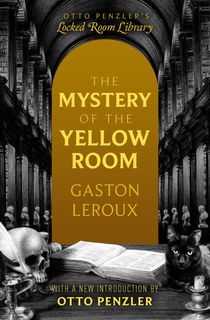
The Mystery of the Yellow Room
The author of The Phantom of the Opera may not have invented the notion of the locked room mystery but this 1907 novel did much to popularise the idea.
Leroux not only describes the crime—in which a criminal disappears, Houdini-like, from the locked yellow room of the title after half-killing a young woman—he also provides detailed plans and diagrams, challenging the reader to solve the puzzle faster than his amateur investigator, newspaper reporter Joseph Rouletabille.
The fantastic plot involves a mad scientist who is working on what sounds like a prototype teleporter, a secret marriage, and a criminal mastermind in disguise. The novel was praised as “a classic” by Agatha Christie’s Hercule Poirot.
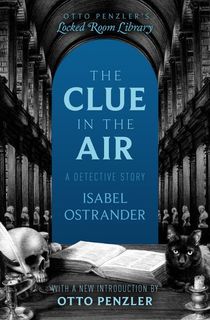
The Clue in the Air
Ostrander was one of the pioneers of U.S. detective fiction and well enough known in her own day to be referenced by Agatha Christie’s detective duo Tommy and Tuppence.
In this top-notch mystery from 1917, wealthy New York policeman Timothy McCarty is on the verge of quitting his job when a high-profile murder victim almost literally falls in his lap—landing on the sidewalk after either leaping or being thrown from an apartment window high above.
Her final words, “The flying man” set in motion an investigation of the mysterious goings-on in an apartment block where every door seems to be locked against the outside world.
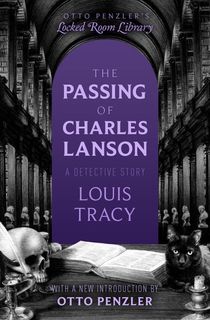
The Passing of Charles Lanson
Crack Scotland Yard detectives Chief Superintendent Winter and Inspector Furneaux are called in to investigate dark goings-on in the sleepy village of Sleaford in this rattling good 1923 mystery from Liverpool-born writer and journalist, Tracy.
The body of Anglo-Greek banker Charles Lanson is discovered in the locked library of his castle. He has been stabbed to death.
Clues point to the killer being someone in the castle—including three private secretaries, a peculiar financier, and a rather spooky daughter—but how did they get into and out of the library and what was their motive?
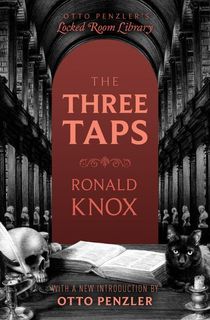
The Three Taps
Catholic Priest, Knox was one of the most influential figures of the Golden Age of Detective Fiction. This 1927 mystery features his favorite sleuth, insurance investigator Miles Bredon, and his sassy wife Angela as well as another recurring character, practical policeman, Inspector Leyland.
The Bredons and Leyland are called in to investigate the death of a heavily insured man named Mottram who has perished in the bedroom of a country pub. Three gas taps appear to be the cause of death—but was it suicide or murder?
A tangled plot complete with a box of red herrings is enlivened by Miles and Angela’s constant bickering and some knowing nods toward Sherlock Holmes.
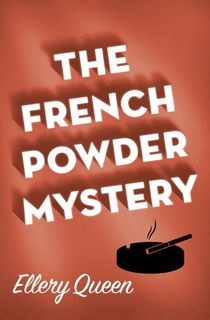
The French Powder Mystery
French’s, a super smart New York City department store, is the setting for this great locked room mystery from 1930.
The case kicks off when Ellery Queen’s father, hard-boiled cop, Richard, is called in to investigate the murder of the store owner’s wife. The bludgeoned corpse has been discovered in a fold-out bed in French’s front window—accessible only by a locked door.
Ellery soon joins his Dad and sets about unraveling a whodunit that hinges on cigarette butts, onyx book ends, and a set of missing keys. In traditional Ellery Queen fashion, the reader is challenged to identify the killer whose name is not revealed until the final line.

The Hollow Man
Golden Age author Carr made something of a specialism of locked room mysteries and this 1935 novel is perhaps the best and most perfectly balanced example.
A murderer breaks into the study of Professor Grimaud, kills him, and escapes. Yet the study door is locked from the inside, people are milling about in the hallway outside when the crime is committed and the ground outside the study window is covered in snow that contains no footprints.
Carr’s favourite detective, Dr Gideon Fell investigates a real brain-burner of a puzzle.
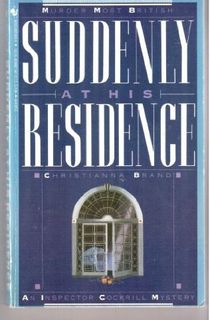
Suddenly at His Residence: An Inspector Cockrill Mystery
Like Carr, British author Brand (best known for the children’s book Nanny McPhee) wrote a number of locked-room mysteries. This one from 1946 centers on the death of Sir Richard March in his lodge.
The Lodge can be approached only by a sand-covered path, yet the only tracks found on it by Detective Inspector Cockrill of Kent County Police are those of the young woman who discovered the body. The fact the murder occurred on the night Sir Richard planned to disinherit his family presents Cockrill with a long list of suspects, but how can the lack of footprints be explained?
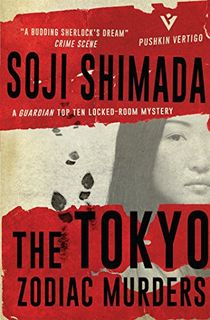
The Tokyo Zodiac Murders
In 1930s Japan a wealthy artist Heikichi Umezawa is bludgeoned to death inside his locked studio. All the suspects have alibis.
Over the next four decades, more members of the artist’s family are killed in similarly impossible circumstances all related, or so it appears, to the astrological symbol of Aries.
Like Ellery Queen, Shimada—a former musician who wrote the novel, his first, in 1981—sometimes directs remarks about the case directly to the reader, though his tone is altogether more mocking and sadistic.
Featured image: Peter Herrmann / Unsplash



